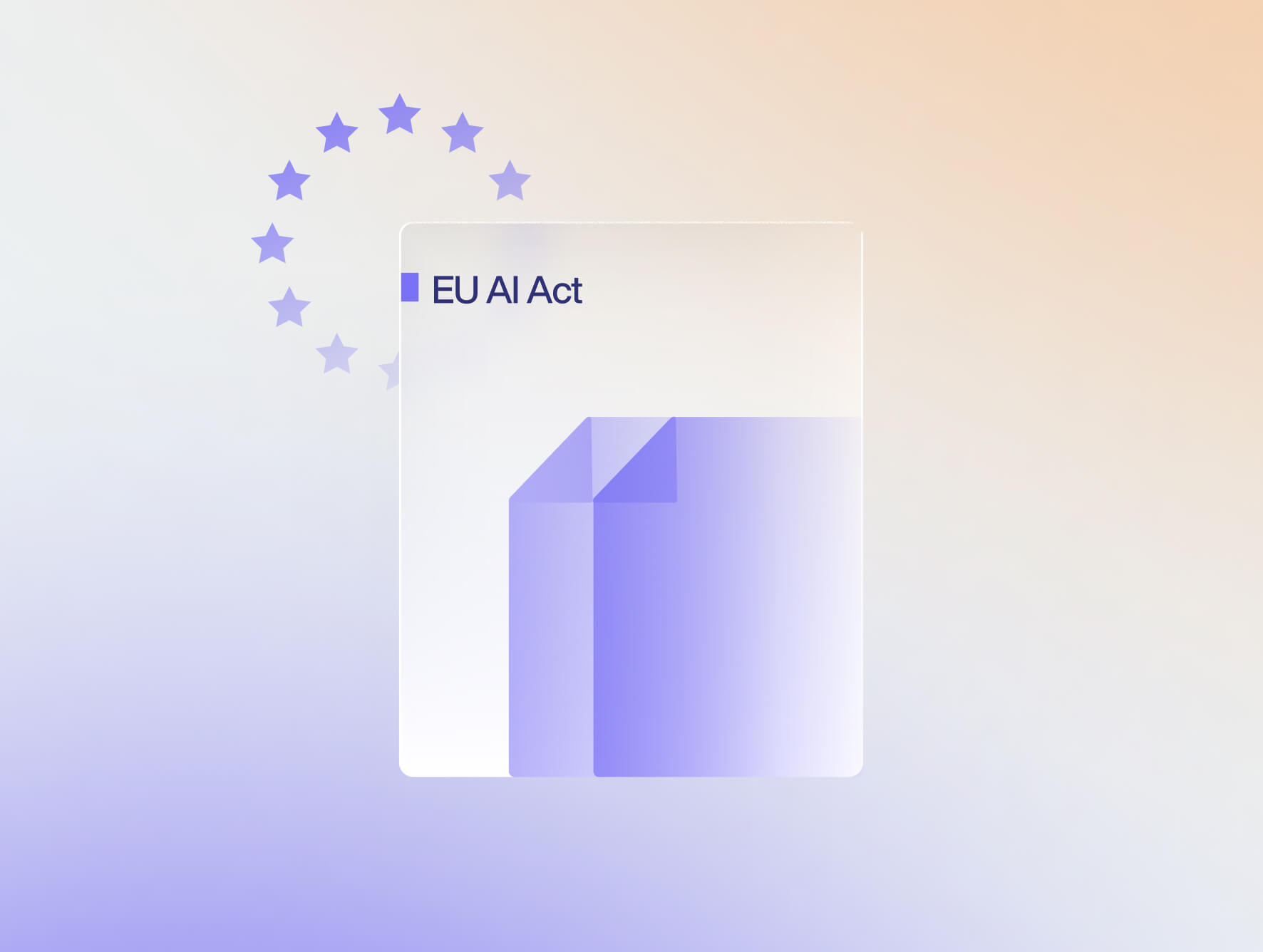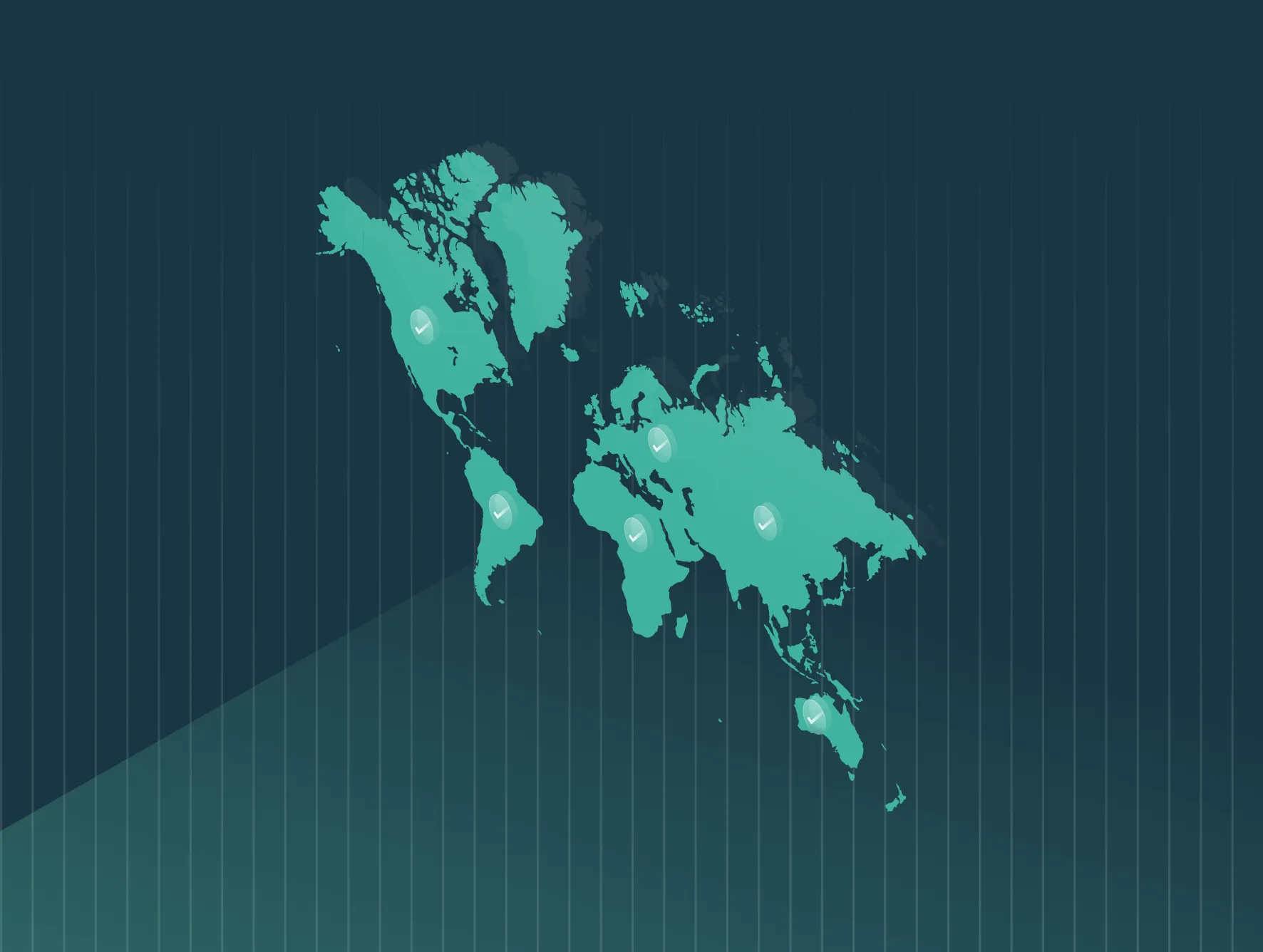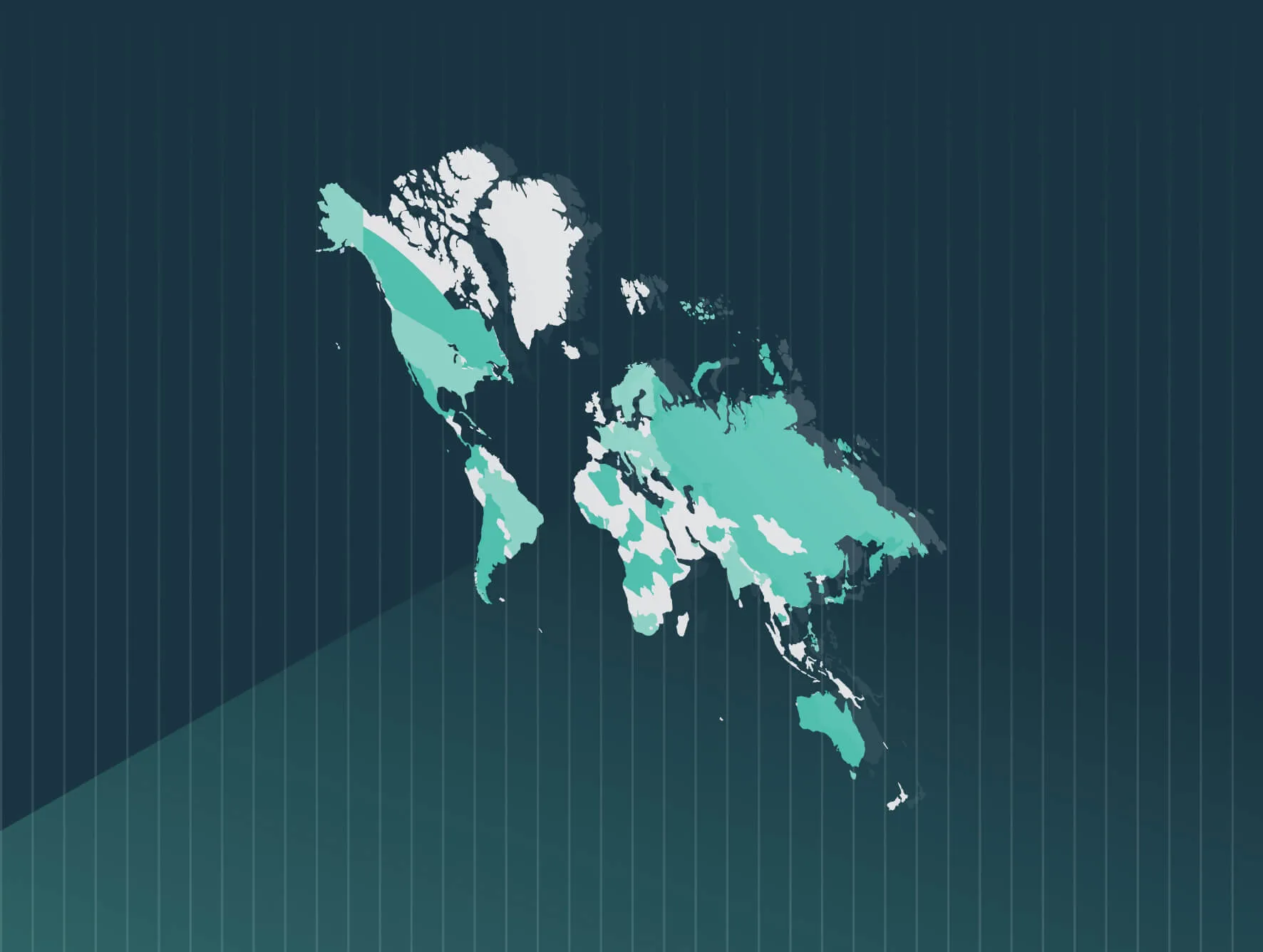Expanding OFCCP compliance is part of a wider shift to drive pay equity at the federal level.
Earlier this year on August 25, 2023, the OFCCP announced its updated Supply and Service Scheduling Letter and Itemized Listing. Changes to the scheduling letter are far-reaching. Significant amendments relate to the scope of required employee level compensation data, factors used to determine pay, and documentation that help explain factors and reasoning used to determine compensation.
In this article we focus on what they mean for pay equity reporting and the move to strengthen pay transparency at the federal level. Total Rewards leaders and HR professionals should stay informed of changes to ensure compliance with OFCCP compensation audit requirements.
Key updates to OFCCP scheduling letter
The changes detail how OFCCP will evaluate compliance and how employers can demonstrate they have carried out a detailed pay equity analysis. Essential points to note include:
- Extensive changes have been made to Item 19, the itemized listing that requires data relating to employee-level compensation.
- Item 22 is new and requires employers to provide documentation demonstrating their compliance with their obligation to evaluate whether their compensation system has gender, race, or ethnicity disparities.
- Another newly added requirement is Item 21. It relates to ensuring technology based recruiting, screening and hiring procedures like artificial intelligence (AI) do not create barriers to equal employment opportunity. This reflects the wider push for responsible AI in employment practices. We believe it’s one to watch.
Equal Opportunity/Affirmative Action Programs/OFCCP Audits
Federal contractors with 50 or more employees that have a contract valued at $50,000 or more are required to develop and maintain a written affirmative action program (AAP) within 120 days from commencement of the contract, and update it annually. The contractor must assign responsibility and accountability of the implementation of the equal employment opportunity and AAP to an official of the organization.
As part of the AAP, an in-depth analysis of the contractor’s total employment process must be done to determine whether impediments to equal opportunity exist. At a minimum, the contractor must evaluate the below. Additionally, the contractor must do periodic self audits to measure the effectiveness of its total AAP and to attain established goals and objectives.
- Workforce by organizational unit and job group to determine whether there are problems of minority or female utilization, or of minority or female distribution;
- Personnel activity (applicant flow, hires, terminations, promotions, and other personnel actions) to determine whether there are selection disparities;
- Compensation system to determine whether there are gender, race or ethnicity based disparities;
- Selection, recruitment, referral, and other personnel procedures to determine whether they result in disparities in the employment or advancement of minorities or women; and
- Any other areas that might impact the success of the AAP
The OFCCP audits federal contractors through compliance evaluations. The process involves the issuance of an audit letter, which is referred to as the Supply and Services Scheduling Letter and Itemized Listing (“Scheduling Letter”), by the agency to the contractor informing them of the upcoming audit.
Upon receipt of a Scheduling Letter, contractors have 30 calendar days to respond with their initial data submission. The compliance review may progress in three phases depending on the agency, which can include a desk audit, an on-site review, and an off-site analysis.
Our strongest piece of advice is this: 30 days isn’t enough time to prepare to ensure OFCCP compliance. Don’t wait to receive an audit notice. Carry out a pay equity audit and bring your compensation structures up to date now.
Here’s what’s required for your compensation data submission.
Item 19
Contractors must submit “employee level” (i.e., individual) compensation data for all employees. Specific compensation data updates include:
Pay explainability: Employers are now required to provide detailed data on the factors used to determine individual employee compensation. Specifically, these are named as “education, experience, time in current position, duty location, geographic differentials, performance ratings, department or function, job families and/or subfamilies, and salary level/band/range/grade.” Previously, this information was provided on an optional basis. Compensation policies and practices that can help explain the factors and reasoning used to determine compensation are also required.
Two Snapshot Dates: In terms of required compensation data, there are now two snapshot dates. Previously there was only one year of data required. For each snapshot date, contractors are to provide a single file that contains the minimally required individual employee level compensation data (employee name or numerical identification, gender, race/ethnicity, hire date, job title, EEO-1 category, and AAP job group). The contractor must submit employee level compensation data for all employees as of: (1) the date of the organizational display or workforce analysis, and (2) as of the date of the prior year’s organizational display or workforce analysis.
All Employees: While there is no formal definition, “employee” within the context of AAP regulations is broadly used, and, per OFCCP’s supplemental guidance via its Scheduling Letter FAQ, it shall include full-time, part-time, temporary (i.e., contract, per diem and day laborers) employees. OFCCP seeks compensation data for all categories of temporary employees on the contractor’s payroll.
Item 22
Compensation System Evaluation: Contractors are required to submit documentation demonstrating their compliance with their obligation to evaluate their compensation system to ensure there are no gender, race or ethnicity based disparities. Such documentation must show at a minimum:
- When the compensation analysis was completed;
- The number of employees included, and the number and categories of employees excluded;
- Which forms of compensation were analyzed and if applicable, how the different forms of compensation were separated or combined for analysis;
- That compensation was analyzed by gender, race, and ethnicity; and
- The method of analysis, such as, multiple regression analysis, decomposition regression analysis, meta-analytic tests of z-scores, compa-ratio regression analysis, rank-sums tests, career-stall analysis, average pay ratio, cohort analysis, etc.).
Employers may also refer to OFCCP’s Directive 2022-01 Revision 1, Advancing Pay Equity Through Compensation Analysis.
Submitting data electronically: Employers are encouraged to submit their AAPs and itemized listing information either via email or through Kiteworks, OFCCP’s secured file transfer system.
OFCCP compliance: “One to watch?”
Item 21 is a new section which requires federal contractors to submit:
“information and documentation of policies, practices, or systems used to recruit, screen, and hire, including the use of artificial intelligence, algorithms, automated systems or other technology-based selection procedures.”
This section aligns with OFCCP’s commitment to ensuring that AI does not create barriers to equal employment opportunities. In a wider context of increasing concerns over AI, and its impact on compensation decisions, this is “one to watch“ for the future. For instance, at the federal level:
- President Biden’s AI Executive Order makes provision for best practices to mitigate AI’s potential impact on employees. This includes “…..job-displacement risks and career opportunities related to AI, including effects on job skills and evaluation of applicants and workers.”
- EEOC Title VII guidance specifically requires employers to carry out an audit of employment-related AI tools to ensure compliance with workplace laws.
Compensation data reporting in 2024
Pay equity has arguably been the leading HR and workplace trend in 2023 and legislation will continue to evolve in 2024. OFCCP updates reflect a wider federal move to drive pay equity and workplace equality.
For instance, changes to OFCCP requirements align with the predicted return of EEO-Component 2. One of its goals is to assist both the EEOC and OFCCP to identify potential pay disparities and discrimination. Advancing equal pay is also one of six named targeted priorities in the EEOC’s Strategic Enforcement Plan.
The EEOC partnership with the Wage and Hour Division confirms the focus on “workplace justice issues,” including pay equity.
Ensure OFCCP compliance with Trusaic PayParity
Employing Trusaic’s PayParity platform provides vital tools to assist employers in meeting updated and complex requirements. PayParity analyzes pay equity at the intersection of gender, race, and other demographics at once in a single statistical regression analysis.
It empowers organizations to analyze pay equity, evaluate compensation policies, and create documentation to demonstrate OFCCP compliance.
We also support the use of responsible AI and partner with organizations to ensure compliance with EEOC Title VII.
Prepare for the future. Prepare for OFCCP compliance with Trusaic.









